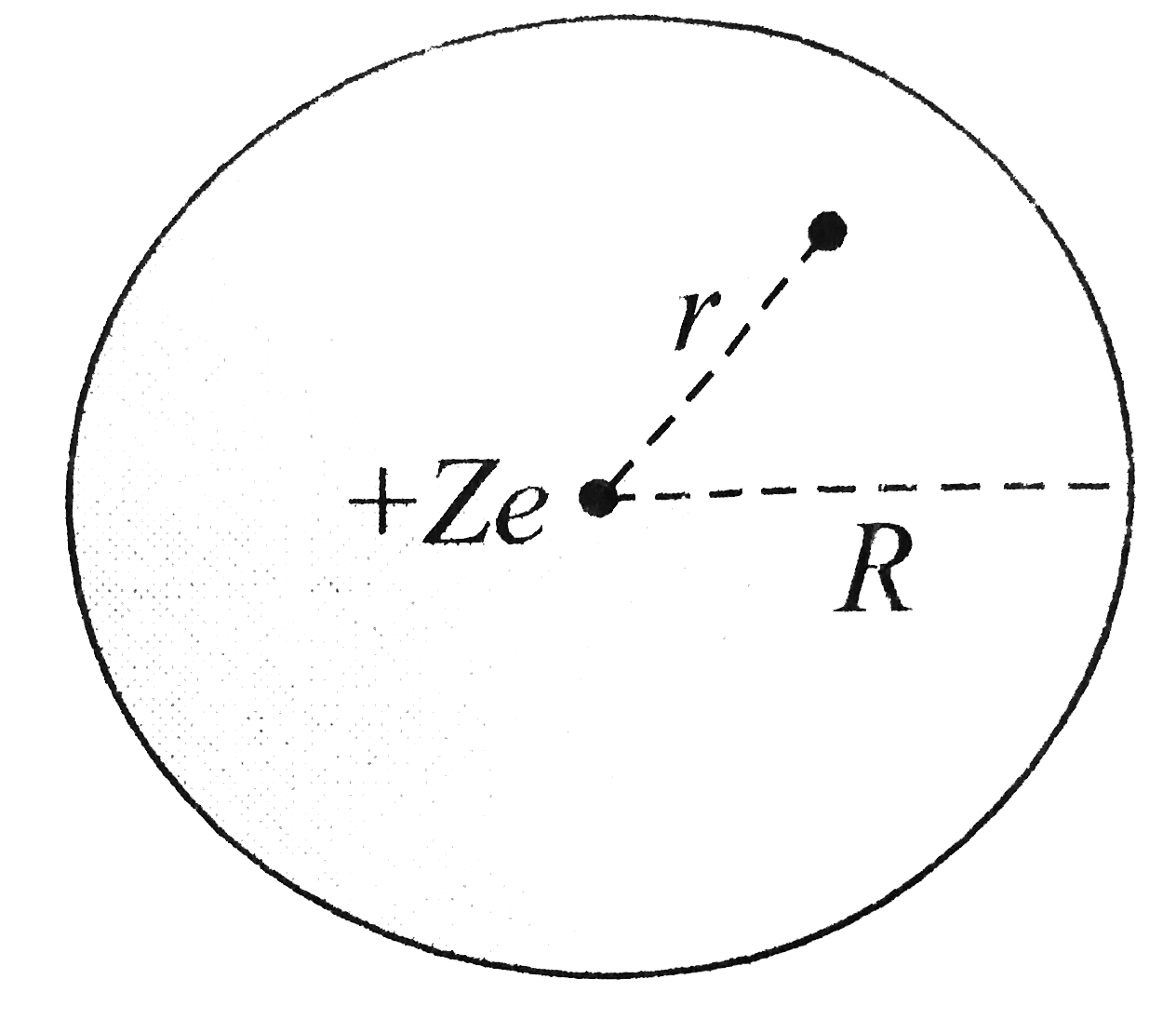The atom as a whole is electrically neutral. Why?
To understand why an atom as a whole is electrically neutral, we can break down the explanation into several steps:
1. Identify the Subatomic Particles:
- An atom is made up of three types of subatomic particles: protons, neutrons, and electrons.
2. Understand the Charges of Subatomic Particles:
- Protons have a positive charge (+1).
- Neutrons have no charge (neutral).
- Electrons have a negative charge (-1).
3. Location of Subatomic Particles:
- Protons and neutrons are located in the nucleus (the center of the atom).
- Electrons are found outside the nucleus and move in fixed orbits around it.
4. Equal Number of Protons and Electrons:
- In a neutral atom, the number of protons is equal to the number of electrons. For example, if there are 6 protons, there will also be 6 electrons.
5. Charge Cancellation:
- Since protons are positively charged and electrons are negatively charged, their charges cancel each other out.
- Therefore, the total positive charge from protons equals the total negative charge from electrons.
6. Conclusion:
- As a result of the equal number of protons and electrons, the overall charge of the atom is zero, making it electrically neutral.
Final Answer:
The atom as a whole is electrically neutral because it contains an equal number of positively charged protons and negatively charged electrons, which cancel each other's charges out.
---
- An atom is made up of three types of subatomic particles: protons, neutrons, and electrons.
- Protons have a positive charge (+1).
- Neutrons have no charge (neutral).
- Electrons have a negative charge (-1).
- Protons and neutrons are located in the nucleus (the center of the atom).
- Electrons are found outside the nucleus and move in fixed orbits around it.
- In a neutral atom, the number of protons is equal to the number of electrons. For example, if there are 6 protons, there will also be 6 electrons.
- Since protons are positively charged and electrons are negatively charged, their charges cancel each other out.
- Therefore, the total positive charge from protons equals the total negative charge from electrons.
- As a result of the equal number of protons and electrons, the overall charge of the atom is zero, making it electrically neutral.
The atom as a whole is electrically neutral because it contains an equal number of positively charged protons and negatively charged electrons, which cancel each other's charges out.
Topper's Solved these Questions
Similar Questions
Why solution of an electrolyte is electrically neutral ?
View SolutionAccording to early model of an atom,the atom is considered it to have a positively charged point nucleus of charge Ze surrounded by a uniform density of negative charge up to a radius R. The atom as a whole is neutral. The electric field at a distancer from the nucleus is (r<R)
 View Solution
View Solution
Knowledge Check
- Question 1 - Select One
(A) atom as a whole is electrically neutral.
(R)atom contains equal amount of positive and negative charges.Aif both assertion and reason are true and reason is the correct explanation of assertion.Bif both assertion and reason are true but reason is not the correct explanation of assertion.Cif assertion is true but reason is false.Dif both assertion and reason are false. - Question 2 - Select One
The number of electrons that must be removed from an electrically neutral silver dollar to give it a charge of +2.4C is
A2.5×1019B1.5×1019C1.5×10−19D2.5×10−19
According to early model of an atom,the atom is considered it to have a positively charged point nucleus of charge Ze surrounded by a uniform density of negative charge up to a radius R. The atom as a whole is neutral. The electric field at a distancer from the nucleus is (r<R)
 View Solution
View SolutionAn early model for an atom considered it to have a positively charged point nucleus of charge Ze, surrounded by a uniform density of negative charge upto a radius R. The atom as a whole is neutral. The electric field at a distance r from the nucleus is (r < R)
 View Solution
View SolutionName: A subatomic particle that is electrically neutral
View SolutionThe pH at which a colloidal sol becomes electrically neutral is called:
View SolutionCalculate the number of electrons in a small, electrically neutral silver pin that has a mass of 10.0g. Silver has 47 electrins per atom, and its molar mass is 107.87gmol−1.
View SolutionA : Gravitational force dominates terrestrial phenomena.
R : Matter is mostly electrically neutral and gravitational force are only of attractive nature.View Solution

